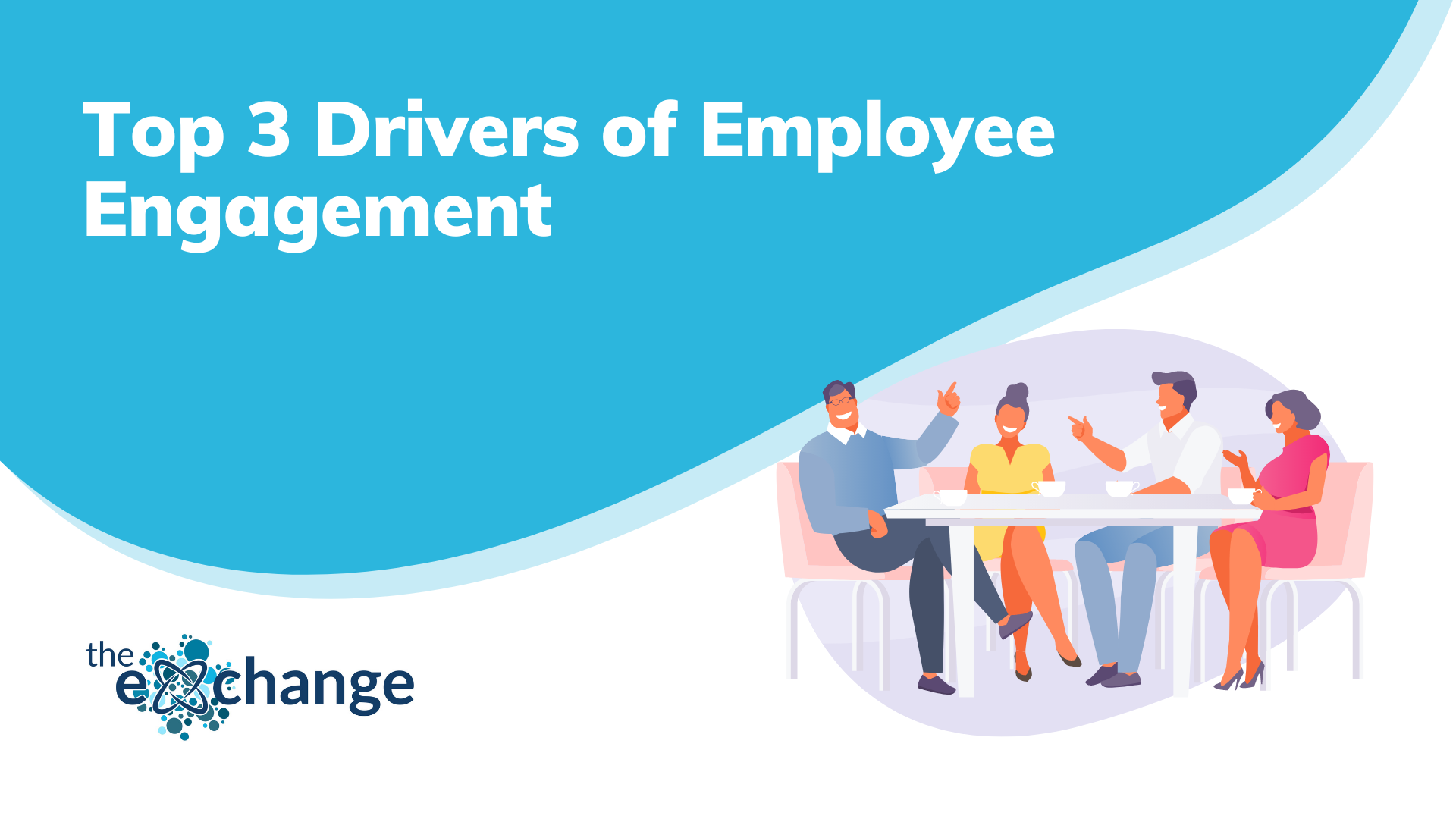
There is no doubt that employee engagement is important for overall business performance and growth. According to a Harvard study, 71% of business leaders ranked employee engagement as “very important” to achieving overall organisational success. The concept of employee engagement is nothing new, having first been introduced in the 1990s. Despite this, its implementation remains a grey area. Here, we will look at three widely-recognised drivers of employee engagement:
Simon Sinek popularised the idea of starting with “Why”. According to Sinek, the world’s most recognisable and innovative brands always start with “Why”, and the “Why” drives the “What” and “How”. This “Why” is the purpose of an organisation, the reason people turn up to work every morning and is what drives the organisation forward. His website has a number of inspiring explainer videos about this idea.
For highly engaged employees, the purpose would be much deeper than just bringing the bacon home – it is what they get out of achieving something specific, resolving community problems, challenging status quo and making the world a better place. A strong “Why” inspires employees to keep on doing what they do. They find meaning in the work, strive to do it better each time, and find ways to overcome challenges along the way. “Meaning” is different for different individuals and this ted talk by Dan Ariely explains it very well:
According to Gallup, 75% of workers do not quit their jobs, they quit their bosses. Communication is key to building positive manager-employee relationships. It builds trust, encourages transparency and cultivates an environment where employees are motivated and comfortable.
It is important that employees’ “Why” is aligned to that of the organisation. For employees to be committed, they have to understand the organisation’s purpose and values, and managers are responsible for communicating them to employees. The communication should be two-way, with accessible feedback channels available for all employees.
Every employee is unique and has his/her preferred way of communicating. The most effective method of improving manager-employee relationship is having a one-to-one, open discussion – think genuine interactions and skip the management gimmicks. The human touch is important so it is crucial to set a tone of sincerity and give the employee a judgement-free space to speak about their work and personal challenges.
According to a study by Businessolver, nearly 80% of employees would be willing to work longer hours for an employer they perceived as empathetic, and 60% of employees would actually take a pay cut to work for a more empathetic employer.
The quickest way to undermine the trust between the manager and employee is having inconsistent expectations of the employee. Imagine a manager who is lenient one day and tough the next – when the employee finishes a piece of work, he/she raises the bar and asks the employee to start over. It is not unsurprising for the employee to end up confused and discouraged. While it is inevitable that expectations change from time to time, before imposing the new standards on the employee, it is important for the manager to inform the employee about the change, the reason behind it and get the employee’s buy-in.
Defining the employee’s scope and setting clear, consistent expectations will help the employee prioritise efforts and be clear about how his/her work contributes to the organisation’s overall goals and mission. This not only adds to the employee’s “Why”, it also helps reinforces trust between the manager and employee.
Employees spend more than 40 hours every week in close proximity with each other. Positive relationships with colleagues are essential in driving employee engagement. In teams where members are close-knit, employees help rather than compete against each other. An effective way to foster great team relationships is through building shared experiences, at work and outside of work:
Love this article? Share it!